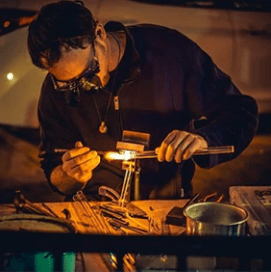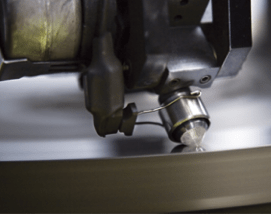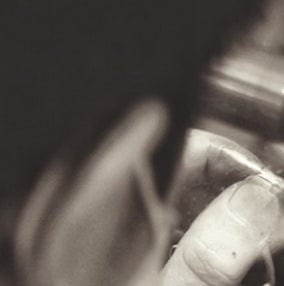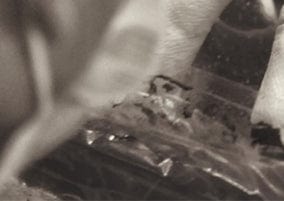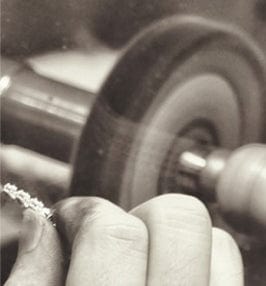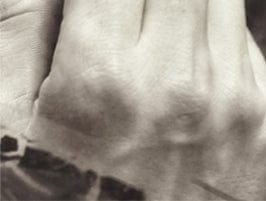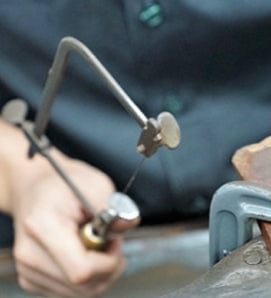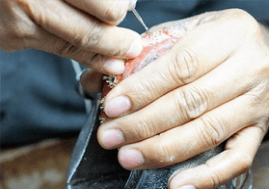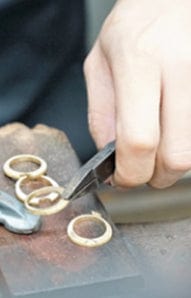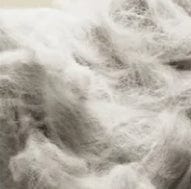Shop By Category
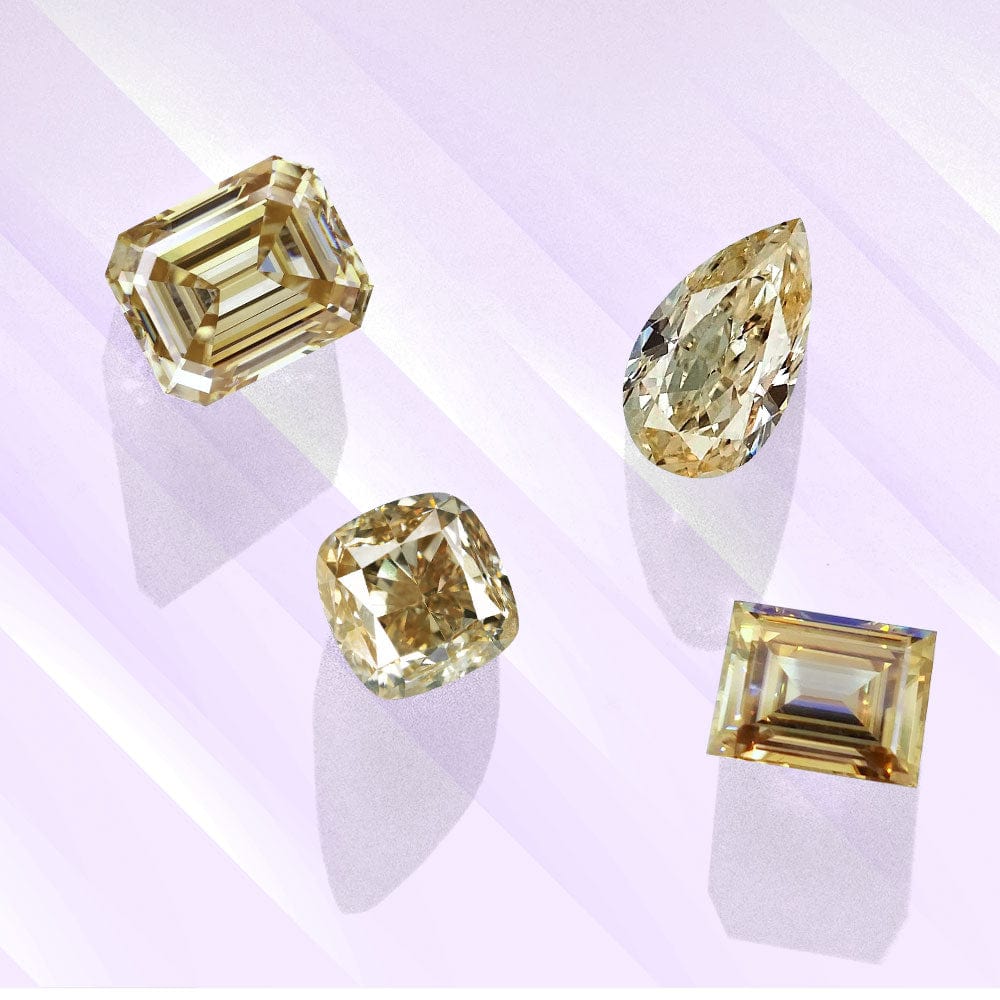
Colors of Champagne Diamond & its Origin
Champagne diamonds exhibit a delightful range of warm brown hues, from light, effervescent tones reminiscent of champagne to deeper, richer cognac and chocolate shades, sometimes with secondary yellow or orange undertones. Their distinctive color is naturally formed by structural defects and the presence of nitrogen during their billions of years of formation deep within the Earth. Historically, the vast majority of the world's natural champagne diamonds, particularly those with a desirable warm depth, originated from the now-closed Argyle Mine in Western Australia. This unique origin, combined with their earthy brilliance, makes them a popular and accessible choice in the colored diamond market.
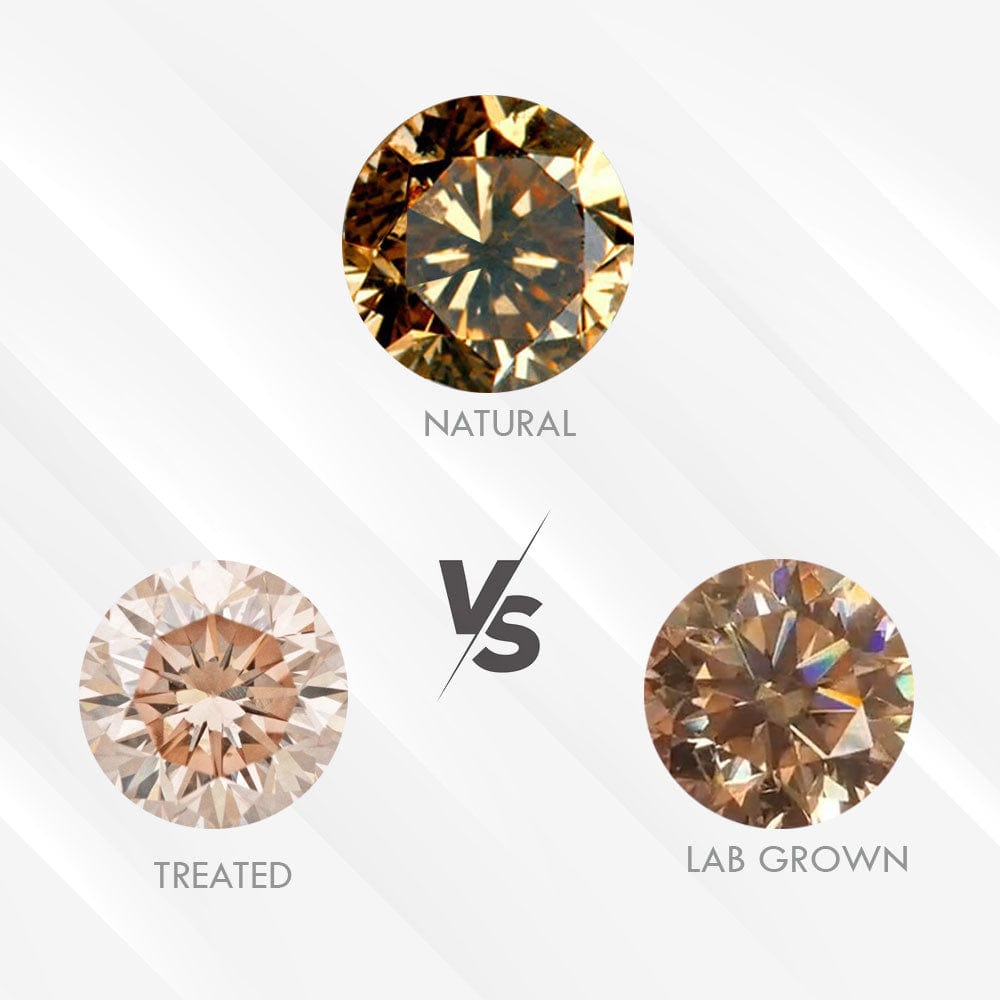
Natural Vs Treated Vs Lab Grown
When considering champagne diamonds, it's helpful to understand their various origins. Natural champagne diamonds derive their warm brown hues from specific lattice defects and trace elements during their millions of years of formation deep within the Earth, notably from the Argyle Mine. Treated champagne diamonds are natural diamonds that have undergone enhancement processes, typically high-pressure, high-temperature (HPHT) or irradiation, to intensify or modify their inherent brown color. Lastly, lab-grown champagne diamonds are created in a controlled laboratory, possessing the identical chemical and optical properties of natural diamonds, with their captivating brown tones achieved through precise control of growth conditions. Each option offers the beautiful champagne aesthetic at different price points and origins.
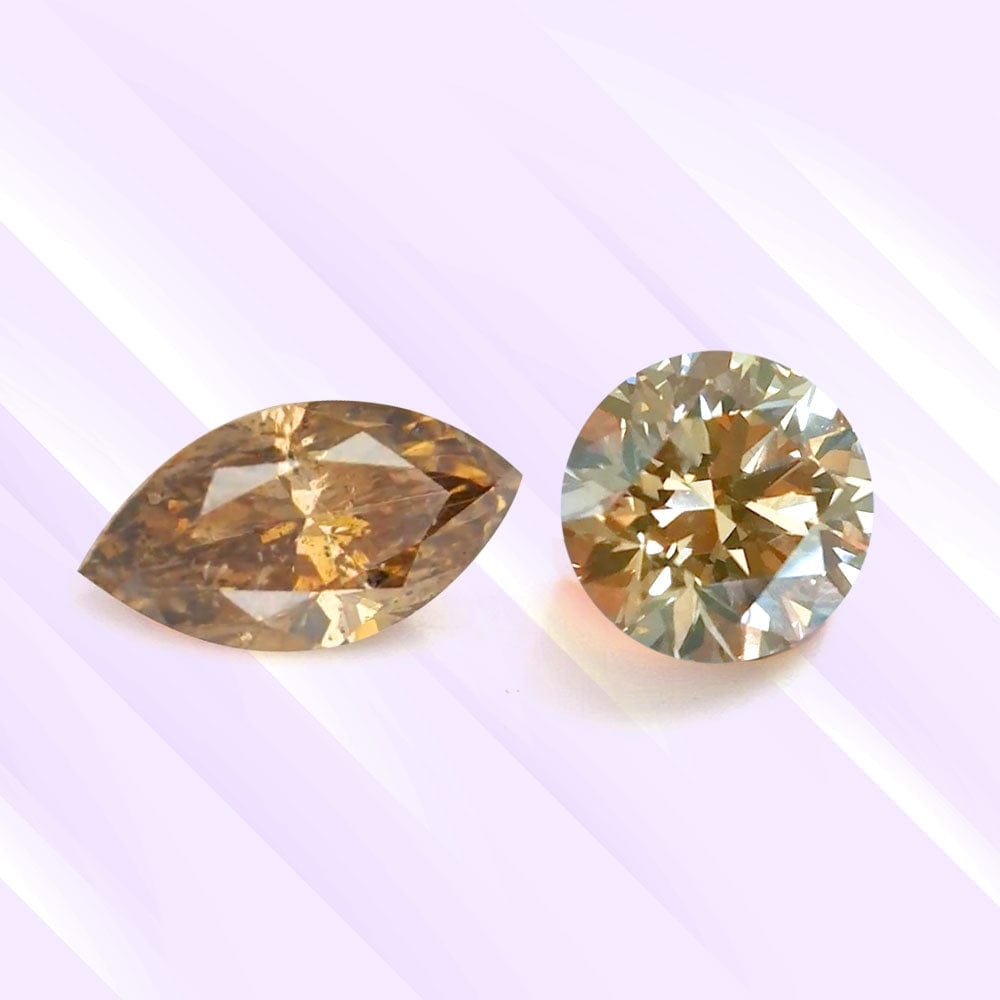
Understanding the Pricing of Champagne Diamonds
The pricing of champagne diamonds is primarily driven by the intensity and richness of their brown color, rather than the absence of it. Value typically increases with the depth of the brown hue, moving from lighter champagne tones to deeper cognac or chocolate shades. Secondary hues like yellow or orange can also influence price. While clarity and cut still contribute, they are secondary to color saturation. Compared to colorless diamonds or other fancy colors like blue and pink, natural champagne diamonds generally offer a more accessible price point, making them a popular choice for unique and warm-toned jewelry. The historical supply from Australia's Argyle Mine also played a role in market perception.
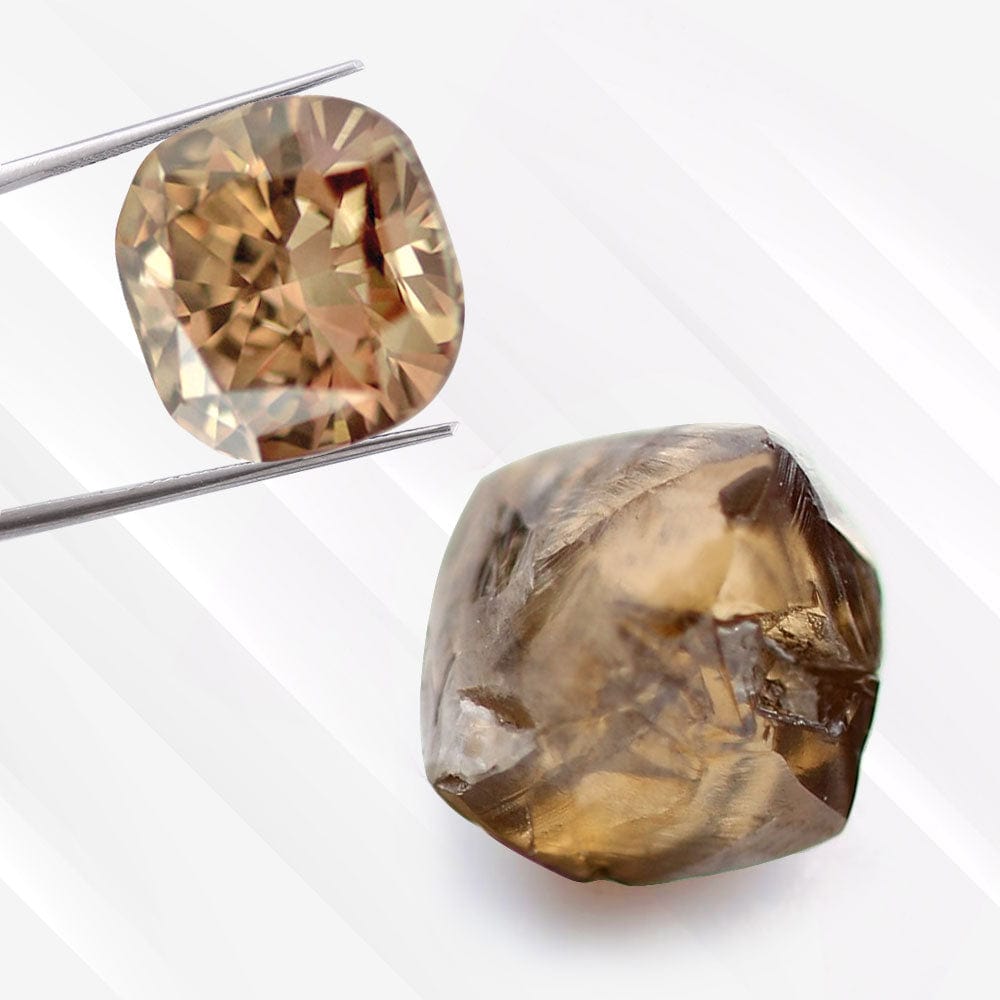
Taking Care of your Champagne Diamond
Caring for your champagne diamond jewelry is straightforward, ensuring its warm glow lasts a lifetime. Clean your champagne diamonds regularly with warm, mild soapy water and a soft-bristled brush, then rinse thoroughly and dry with a lint-free cloth. Unlike some other colored gemstones, champagne diamonds have stable color and are quite durable, but it's still best to avoid harsh chemicals or abrasive materials. Always store your champagne diamond pieces separately in a soft pouch or lined jewelry box to prevent scratching and protect their settings from damage.
